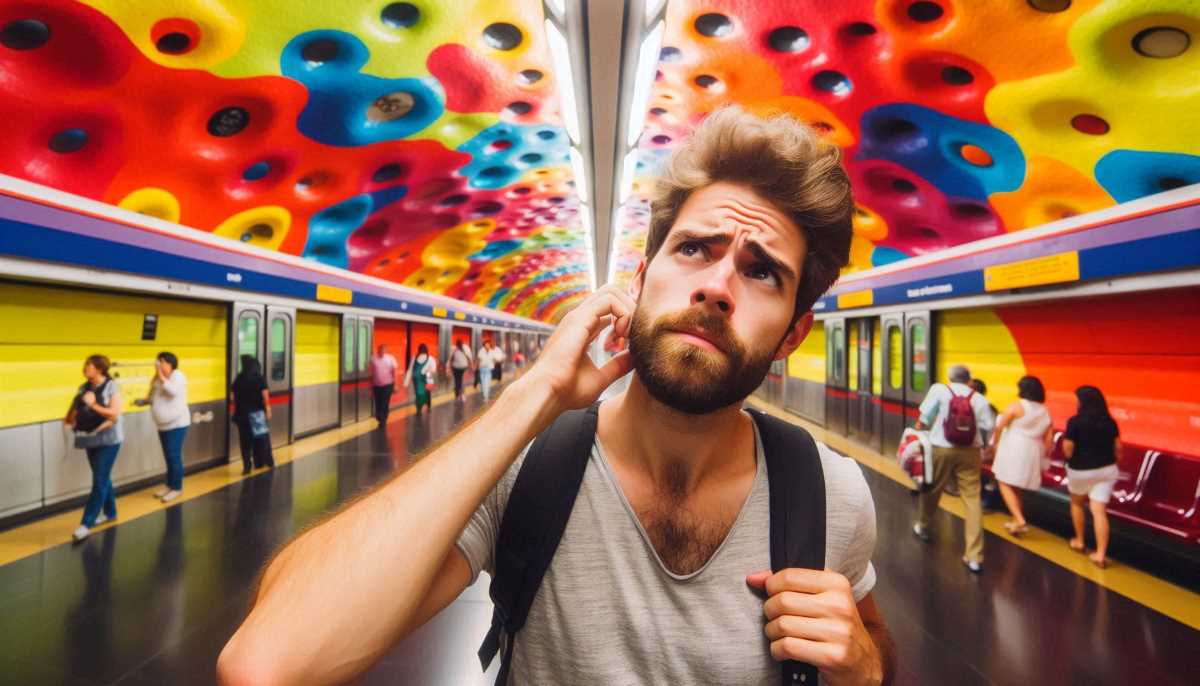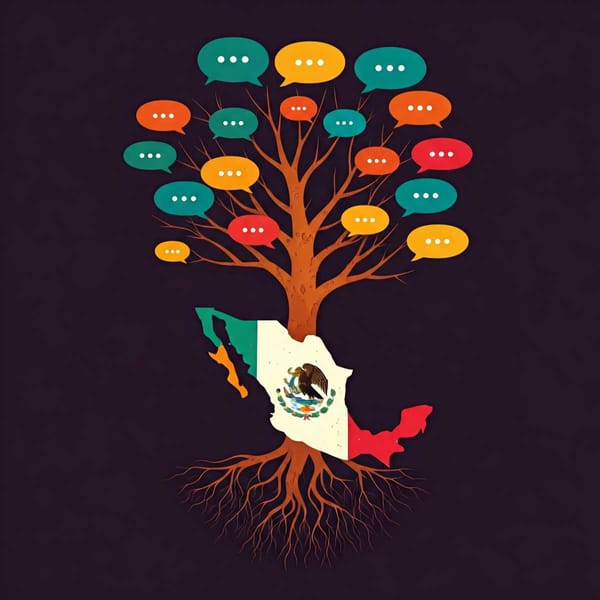A Complete Guide to the Best Subways in Mexico
Mexico's subways are more than just transportation systems; they are cultural landmarks. These underground transport hubs provide unique experiences for visitors and residents alike.

Mexico is known for its rich history, art, and culture. Above ground, the country’s streets pulse with vibrant markets, colonial architecture, and spicy aromas. But below the bustling cities lies a different kind of energy: the subway systems. Often overlooked in the grandeur of Mexico’s landscape, these subterranean networks hum with stories of everyday life, architecture, art, and—believe it or not—an energetic flair that makes them stand out. Yes, the metros of Mexico are as layered and intriguing as the nation itself. Let’s take a deep dive into the most fascinating subways in Mexico, where the ride is as exciting as the destination.
1. Mexico City Metro: The Grand Dame of Latin American Transport
When you talk about subways in Mexico, you must start with the Mexico City Metro. Not just the busiest in Mexico but in all of Latin America, this behemoth of urban mobility serves over 4 million passengers daily. Opened in 1969, it spans a whopping 226 kilometers across 12 lines and 195 stations. Yet, beneath these overwhelming stats lies an underworld of quirks and surprises that often catch the uninitiated off guard.
First, the Mexico City Metro is a treasure trove of artistic experiences. Every subway line is color-coded and adorned with unique logos that simplify navigation for those unfamiliar with Spanish or even literacy—a stroke of genius when you consider the city’s diverse population. Some stations function almost like museums. For instance, the Pino Suárez station houses an ancient Aztec pyramid right in the middle of the bustling underground passage. Yes, an actual 1,800-year-old pyramid!
And while you’re marveling at ancient ruins, don’t miss the Metro Bellas Artes station—it’s essentially a cultural hotspot underground, featuring murals and art installations that would rival some of the finest galleries. With pieces by Diego Rivera, David Alfaro Siqueiros, and even contemporary Mexican artists, it's more than just a transit stop—it's an art pilgrimage.
2. Guadalajara’s Tren Ligero: Sleek, Modern, and Growing
Guadalajara, Mexico’s second-largest city, also boasts a subway system—though it’s more understated than its Mexico City counterpart. Guadalajara's Tren Ligero is a shining example of urban planning, marrying sleek modernity with the city’s colonial charm. With two lines in operation and a third currently expanding, this system is a lifeline for the city’s residents.
While the Guadalajara metro may lack the size and artistic flair of Mexico City’s, it compensates with efficiency and cleanliness. The carriages are air-conditioned (a blessing in the Jalisco heat) and the stations are spotless. One quirky detail? Some stations, like Tetlán, are adorned with mosaic murals depicting local folklore, nodding to Guadalajara's deep cultural heritage.
Yet, perhaps the most intriguing part of the Tren Ligero lies in its new expansion. Line 3, a project that took several years to complete, features state-of-the-art trains that glide above and below ground, offering passengers panoramic views of the city from elevated sections. It’s a subtle reminder that while the Guadalajara metro may be modest, it’s on the cutting edge of public transport design in Mexico.
3. Monterrey Metro: The Industrious Power
Monterrey, the industrial heart of Mexico, is not to be outdone when it comes to subterranean transit. The Metrorrey system, opened in 1991, serves Monterrey’s sprawling metropolitan area. The city’s no-nonsense metro reflects the industrious spirit of Monterrey’s workforce. Functioning more like a workhorse than a showpiece, it connects the city’s business and industrial districts, moving its 500,000 daily passengers with pragmatism and efficiency.
However, in true Mexican form, the quirky always finds a way to slip into the fabric of even the most utilitarian environments. Cuauhtémoc station, for example, is a playful blend of modern and cultural motifs, adorned with eye-catching public art installations. The station serves as a meeting point for both lines, making it a microcosm of the entire metro experience.
Metrorrey’s pride lies in its environmental initiatives. In 2009, it became the first Mexican metro system to harness wind power to fuel its trains. This sustainable energy source is not only forward-thinking but also a reflection of Monterrey's ambition to lead the nation in technological innovation.
4. Metro Puebla: The City of Angels Goes Underground
Puebla, known for its stunning churches and vibrant culinary scene, may not be the first place you think of when it comes to subways. But the RUTA system, an integrated network of buses and urban trains, is steadily growing in prominence. This isn’t a full-fledged metro system, but it’s a hybrid worth mentioning due to its blend of bus rapid transit (BRT) and rail-like efficiency.
RUTA’s Line 3 runs partially underground, and its stations are modern and accessible, boasting wide platforms and clean designs. What makes this system so intriguing is its design philosophy: it’s made to complement Puebla’s stunning colonial architecture rather than overwhelm it. So, expect a subway ride that balances old-world charm with the urban hustle.
And of course, being in Puebla, the stations often serve as canvases for local artists. Murals depicting the Battle of Puebla or intricately painted Talavera tiles are common sightings. This subtle blend of art and history creates a unique experience where passengers can interact with the city’s heritage while riding to their destinations.
5. Mexicable in Ecatepec: A Sky-High Subway?
Now, let’s stretch the definition of a subway to the sky. Mexico has more to offer than the underground—just take a trip to Ecatepec in the State of Mexico, where you'll find the Mexicable, Mexico’s first urban cable car system. While it’s technically not a subway, this form of transport deserves a mention because it functions as an essential part of the transit network for commuters. And really, when you’re suspended high above the city in colorful cable cars, does it matter if it’s not underground?
The Mexicable isn’t just a means to get from point A to point B; it offers breathtaking views of the surrounding mountains and the bustling streets below. With stations designed to look like modern art installations, it blurs the line between utility and experience. If you ever wanted a subway ride with a view of Mexico's famous smog-tinged sunsets, this is your best bet.
Beyond aesthetics, the Mexicable is a social project at heart. It was designed to reduce traffic and improve accessibility for the residents of Ecatepec, a densely populated and underserved area. It’s the type of project that showcases how Mexico is innovating in public transportation, blending functionality with a touch of whimsy.
6. Querétaro's Proposed Metro: The Future Beneath Our Feet
While Querétaro’s subway remains a dream yet to be fully realized, its plans promise to be game-changing for this rapidly growing city. Known for its charming streets and colonial architecture, Querétaro has become a hub for both tourists and tech startups. And with the booming population comes the need for a more efficient transit system. Enter the proposed QroBús metro system, which will likely combine underground railways with above-ground trains to help alleviate congestion.
The idea here is to offer a sustainable, efficient network while preserving Querétaro's historical charm—a challenge not for the faint of heart. But if other Mexican cities are any indication, expect a quirky mix of old and new, where the subway stations could be as much cultural destinations as transit hubs.
The Final Stop: Beyond the Surface
Mexico's subways are far more than systems of transportation. They are living, breathing entities, pulsing with the stories, history, and creativity of a nation that thrives on contrasts. Whether you’re descending into the art-adorned depths of the Mexico City Metro or floating above Ecatepec in a Mexicable cable car, one thing is certain—these subways represent more than movement. They are spaces where the quirks of Mexican life are celebrated, where art, history, and innovation collide beneath (and above) the surface.
Next time you find yourself in Mexico, take a moment to appreciate the country's subway systems. They’re not just pathways through cities—they’re gateways into the beating heart of a complex, colorful, and endlessly fascinating culture.




